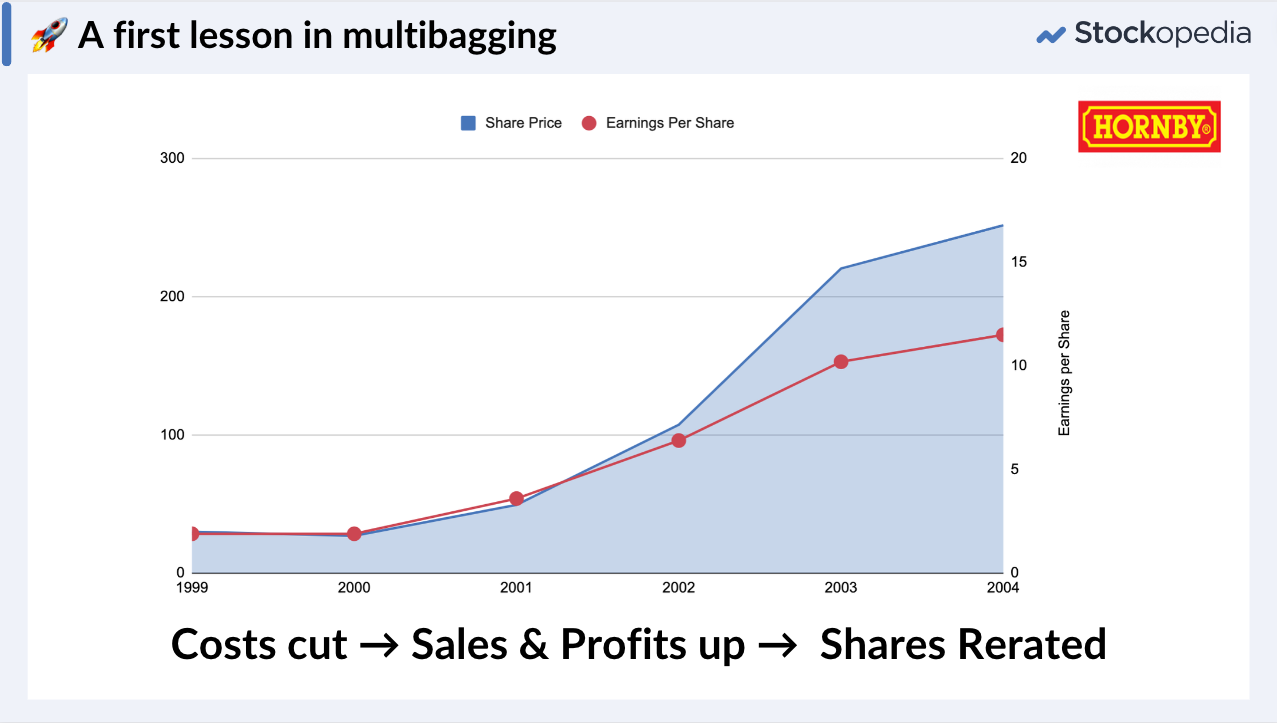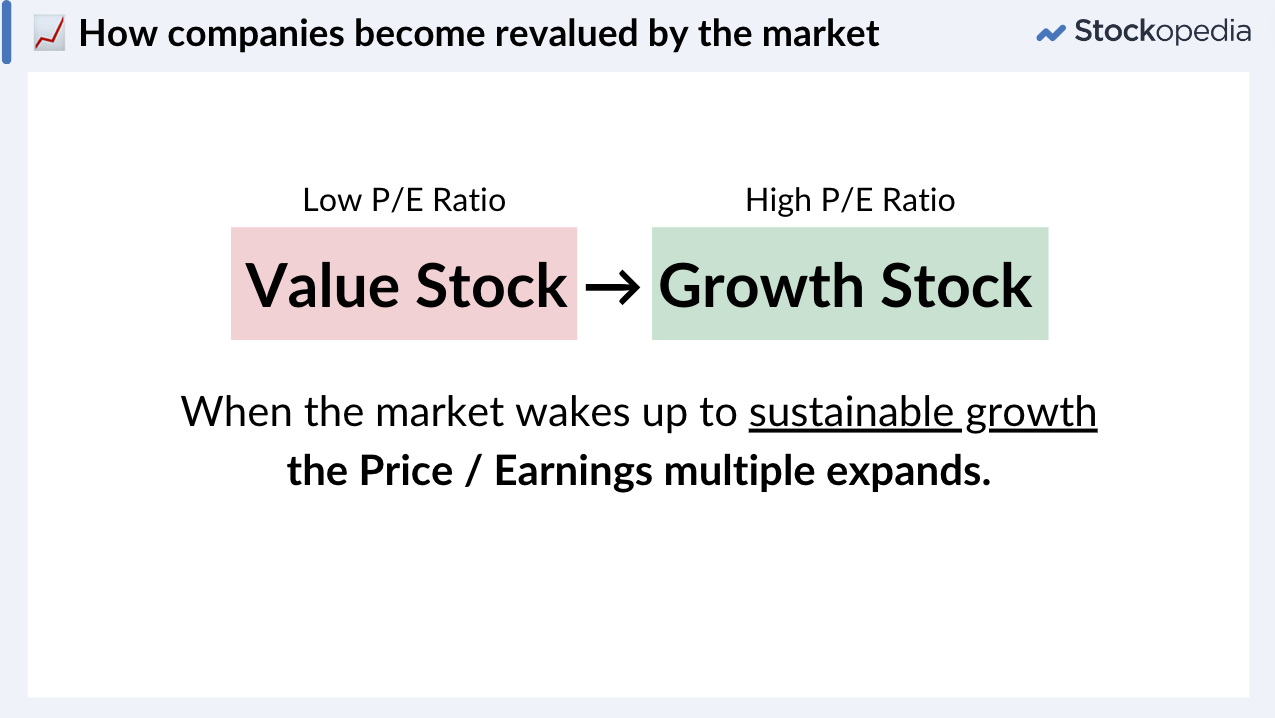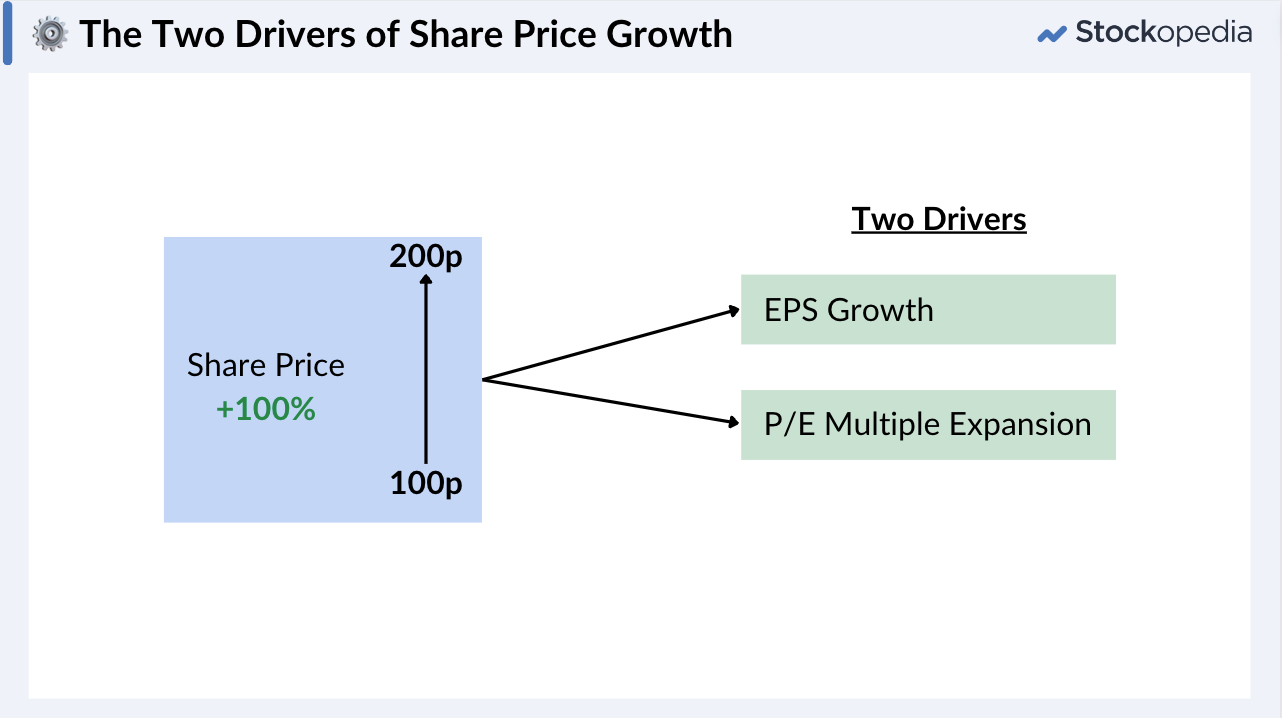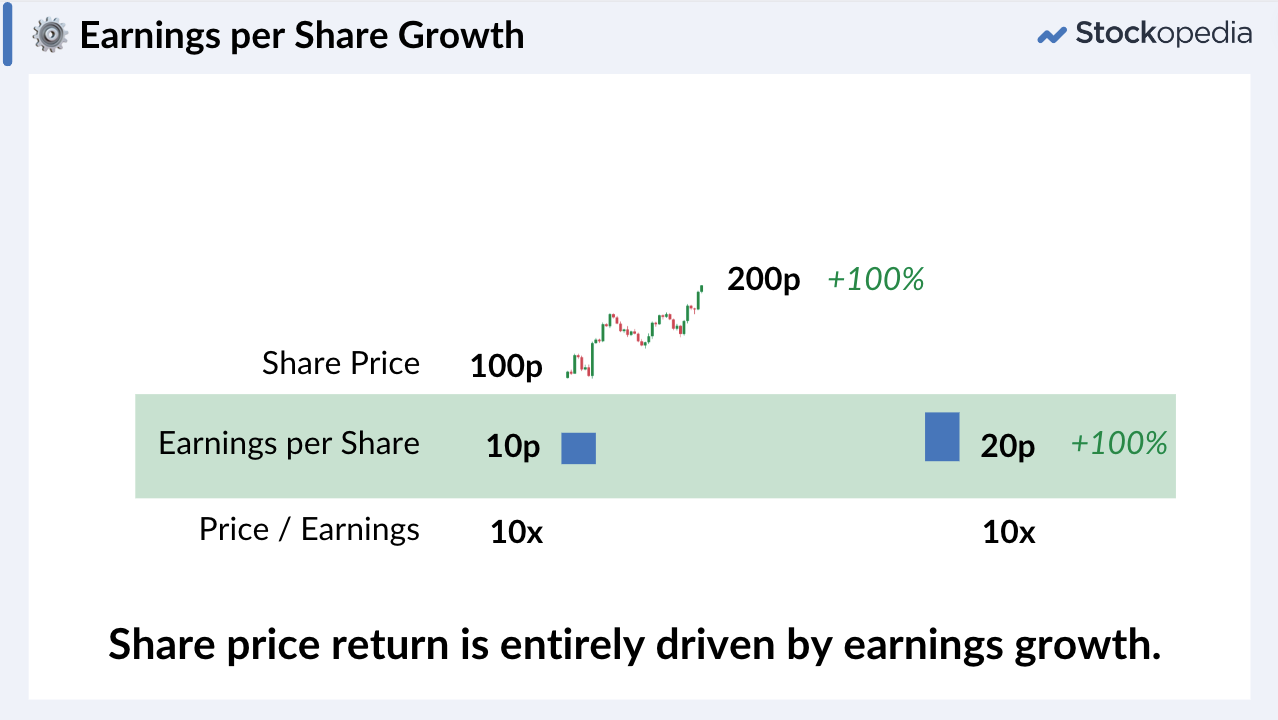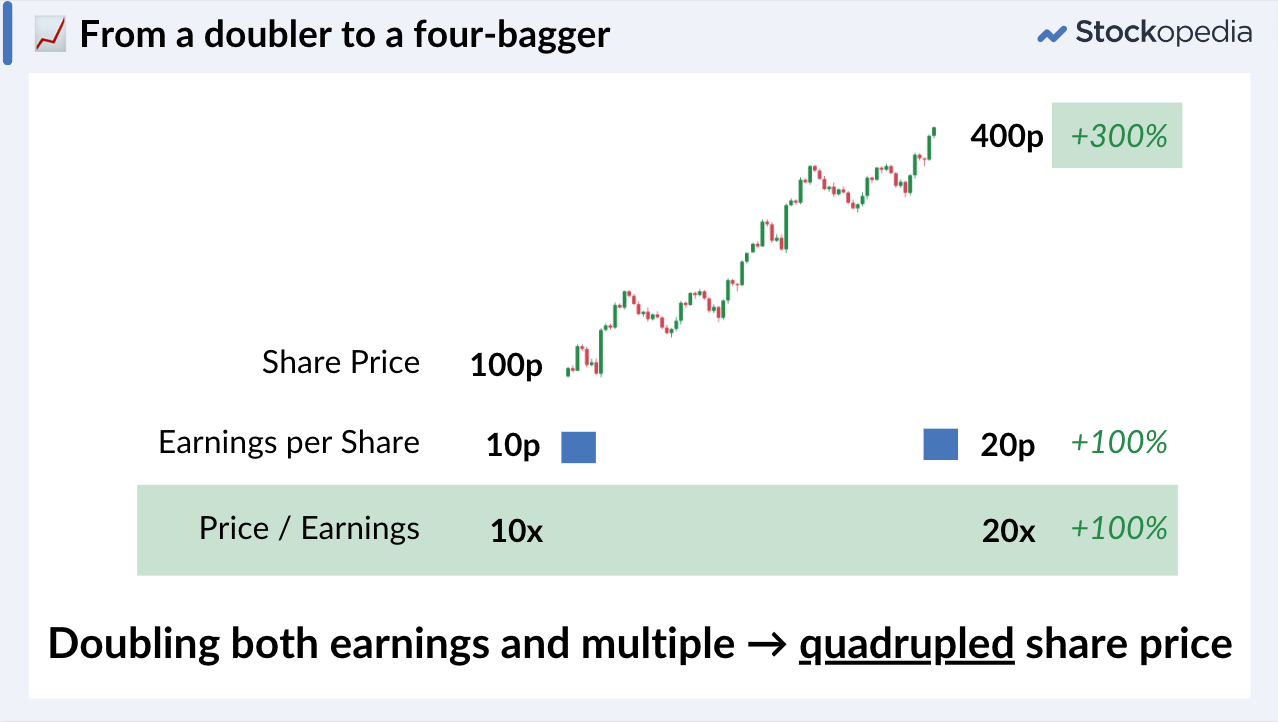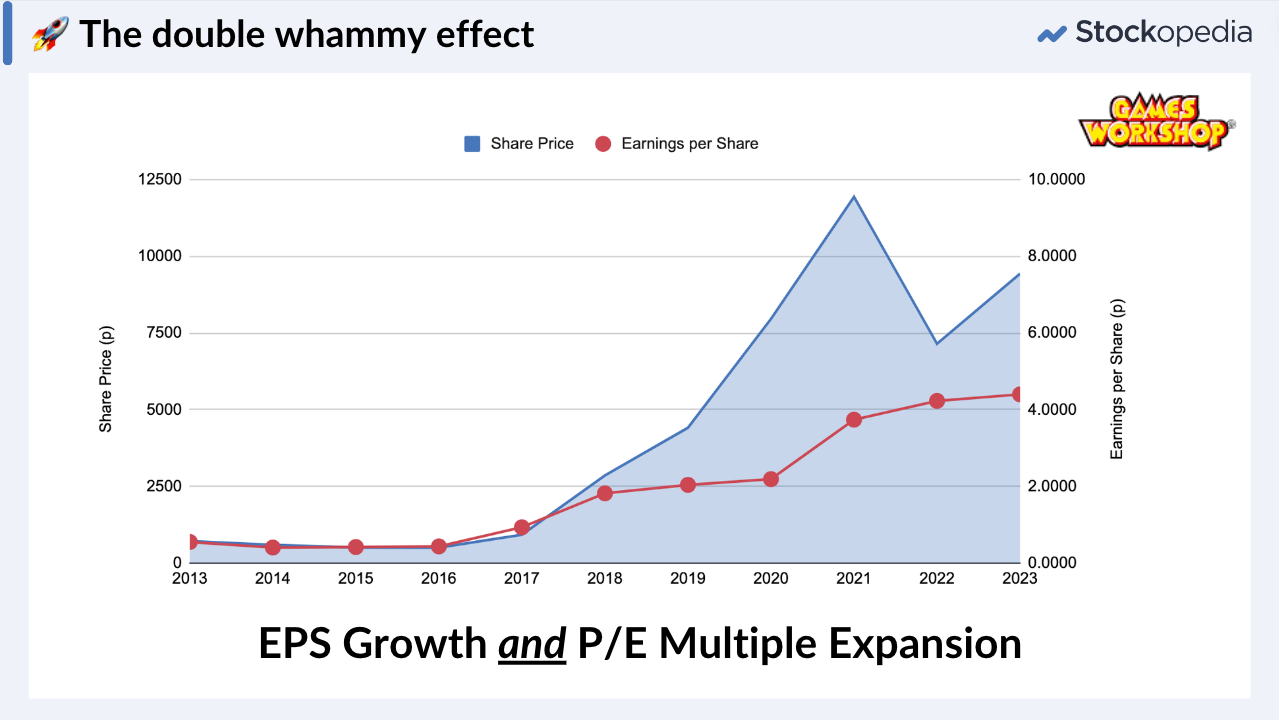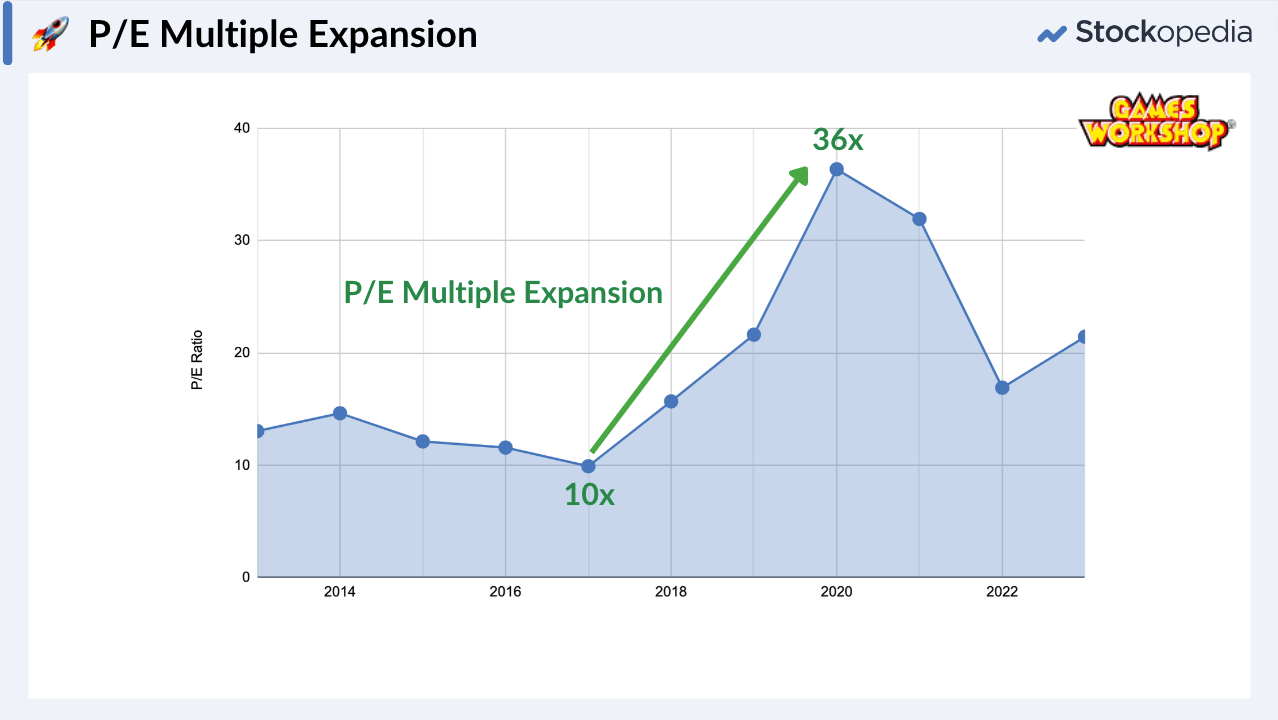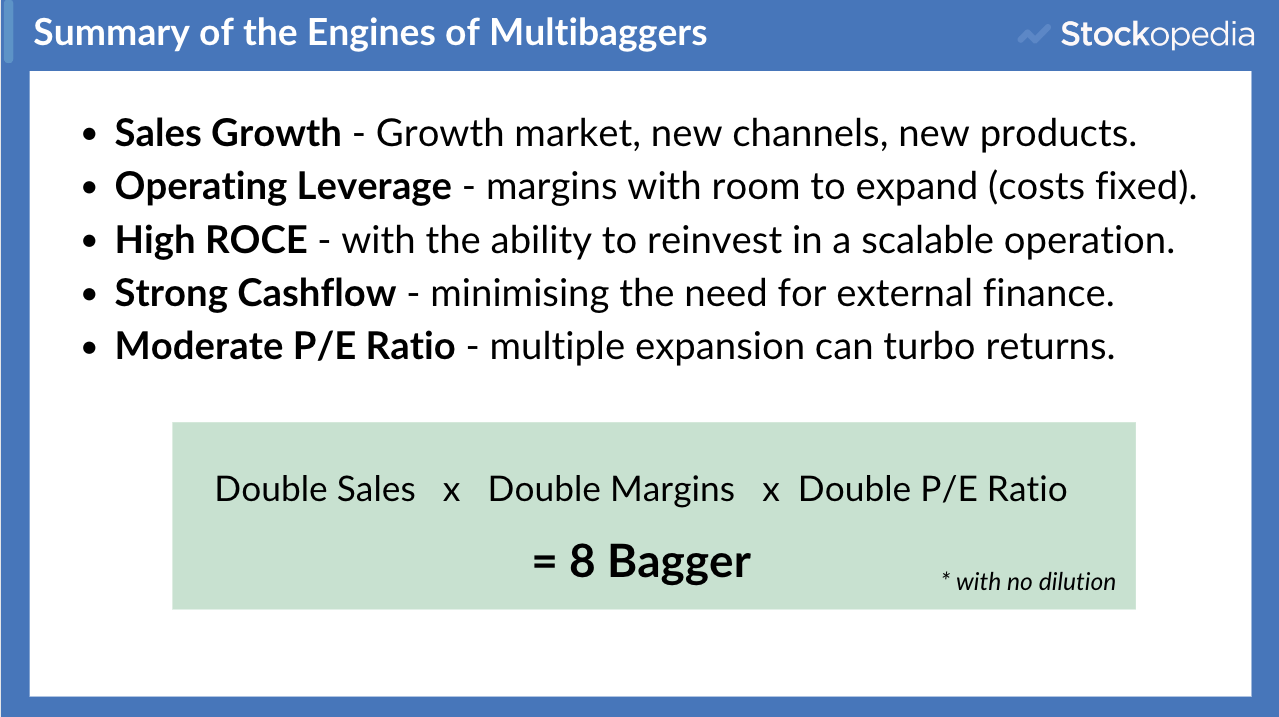Multiple Expansion - the amplifier of share price returns
In this latest article on the financial engines of multibaggers, we’re going to explain the power of price/earnings multiple expansion. This is an astonishing amplifier of share price returns. It’s a turbocharger of returns.
An early lesson in Multiple Expansion
When I started my career, I was working at Goldman Sachs, and my manager sat me down to talk about a little business called Hornby. Many people may have used model railway sets when they were kids, which is what Hornby sells. In some ways, it had some similarities with Games Workshop in its business model. Selling to people who loved the craft.
My manager sat me down and explained why we were buying it in 1999 in the middle of a dot com boom. Hornby had realised they could move all their manufacturing to the Far East and significantly drop their operating costs. My boss theorised that a lot of people were moving into retirement and were very nostalgic for the Hornby brand. So if costs could be cut, sales and profits should go up, and the shares could rerate.
And that is what happened. In red below (on the right axis), you see the earnings per share which ramped up through time. And in blue (on the left axis) is the share price, which ended up accelerating faster than the earnings per share. This is the key.
Value stocks can re-rate into growth stocks
What you want to find is value stocks on a low P/E ratio, that have the potential to grow to a higher P/E ratios if the market recognises them as a growth stock. If the market wakes up to new sustainable growth, the price to earnings multiple can expand. This is called Multiple Expansion.
The two drivers of share price growth
If you imagine a share price that doubles from 100p to 200p, there may be two drivers of that share price growth. Earnings per share growth or Price/Earnings multiple expansion.
A share price can grow because the earnings per share grow while the Price/Earnings Ratio stays the same, or it can grow because the Price/Earnings Multiple expands, while the earnings per share staying the same.
In the illustration below we see the share price rise from 100p to 200p. So that's already two bagger. The earnings per share have doubled from 10p to 20p, while the price/earnings ratio stays the same, at ten times before and after. So the share price return has been entirely driven by earnings growth.
But, if the market recognised this as a growth stock the P/E ratio may also increase from ten times, let's say, to twenty times. Therefore, you might see a doubling of both earnings and the price earnings multiple, which leads to a quadrupling of the share price from 100p to 400p.
This is quite a remarkable effect, and should not be underestimated.
The power of a growing earnings multiple on a stock is compelling because it creates a double whammy effect.
Games Workshop and the double whammy effect
Here's our Games Workshop case study again. You can see the earnings per share on this right axis which grew and grew and grew, especially through that significant operating leverage period, but the share price accelerated far, far, far beyond the earnings growth.
That powerful share price strength was driven by Price/Earnings multiple expansion. It’s P/E multiple grew from something like 10x, to 20x, 15x to 36x and beyond by the 2020 annual results. Since then, the multiple has come down, but still grew from 10x to 23x over the decade study period.
As you can see, Multiple Expansion is a very powerful force on share prices. Potential multibaggers often start on moderate P/E ratios, which creates significant potential for the ratio to expand. In America, many studies have been done and found that many of the the the great stock market winners actually had higher P/E ratios at the beginning of their big, big moves, but we found in the UK market that moderate P/E ratios led to the most significant returns. This may be because the UK is more of a value investor market.
Summary
So let’s summarise the previous articles with some key rules of thumb for identifying the financial engines of multibaggers.
Firstly, Sales Growth. Look for growth markets or new channels, new products.
Look for Operating Leverage. Margins should have room to expand costs, ideally fixed or not growing too quickly and certainly not growing as quickly as revenues.
Look for high Return on Capital Employed. That's the real engine. The company should have the ability to reinvest at high rates of return in a scalable operation.
Look also for Strong Cashflow. This minimizes the need for external finance and is a real boon for shareholders.
And look for Moderate P/E ratios because the multiple expansion can really turbocharge returns.
Finally, do review the Multibagger Equation. If you double sales and you double margins and you double the P/E ratio: 2x2x2=8. That would lead to an eight bagger (assuming there's no dilution).
Finding eight baggers isn’t actually isn't as far away as you might imagine as it may only need a doubling of sales to achieve if the company operations are improving and the market recognises the improvement.

